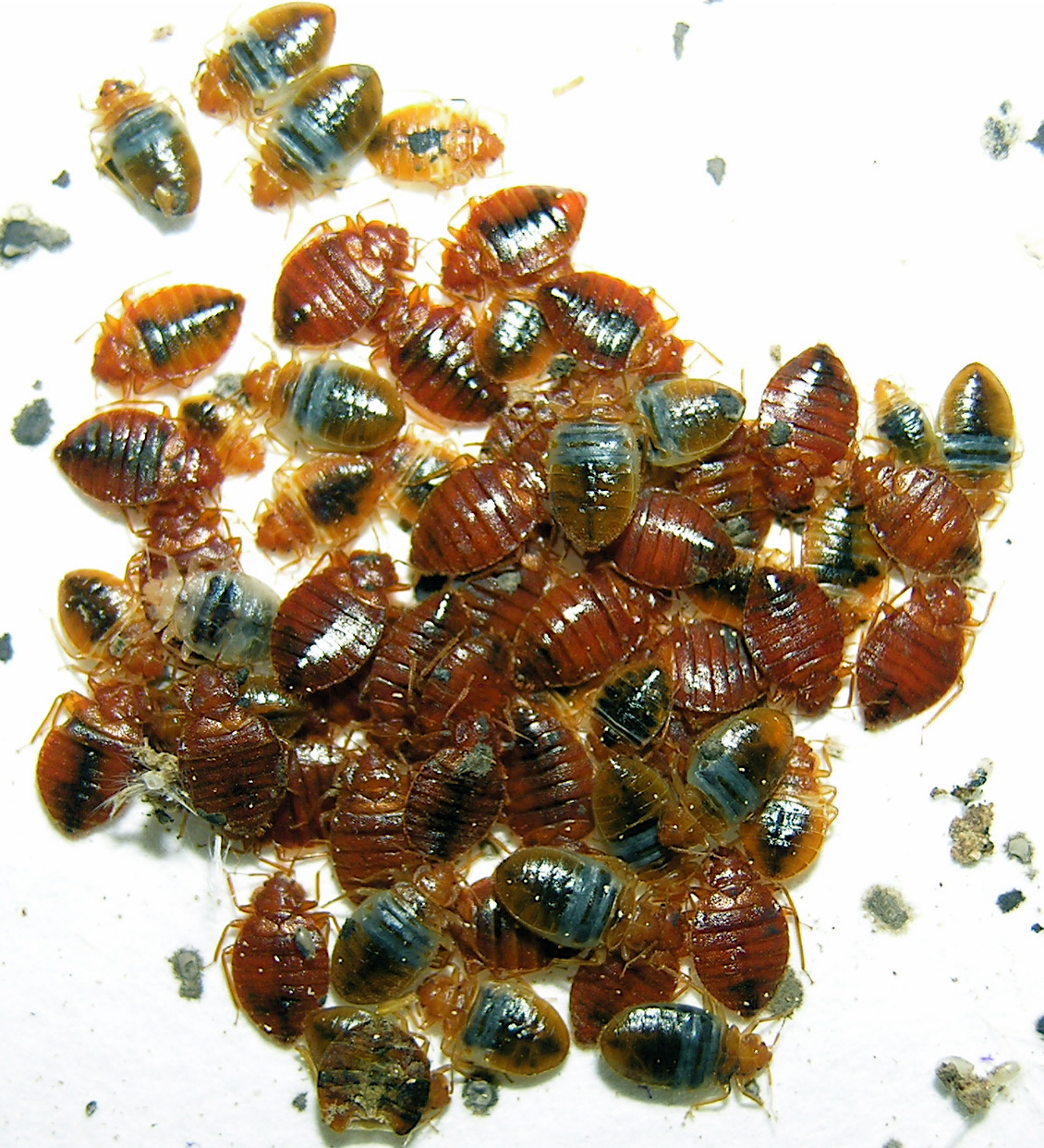Bed bugs are little pests that can be challenging to eliminate. While professional pest control methods are highly effective, there are also natural ways in which bed bugs can die. Understanding these natural death factors can help in managing infestations and preventing their return.

 Myths and Facts About Bed Bugs
Myths and Facts About Bed Bugs
At What Temperature Do Bed Bugs Die?
Bed bugs are tiny pests that are highly sensitive to extreme temperatures, making heat and cold effective natural killers. Exposure to temperatures above or below their survival range can be fatal for bed bugs. High Temperatures Bed bugs die when exposed to temperatures above 113°F (45°C) for an extended period. However, at 118°F (48°C) or higher, they die much faster, within 90 minutes. This is why heat treatments are a popular method for eradicating bed bugs in homes. Items like bedding, clothing, and furniture can be treated by using high heat through laundering or professional heat treatments. Low Temperatures On the other end of the spectrum, bed bugs also die when exposed to freezing temperatures. Bed bugs cannot survive much at temperatures below 0°F (-18°C). However, for the cold to be effective, the temperature needs to be consistently low for at least four days. Freezing infested items can be an effective way to kill bed bugs naturally.
Natural Death Causes in Bed Bugs
Apart from temperature extremes, there are other natural ways bed bugs can die. One of the most common ways is through starvation. Bed bugs rely on blood meals to survive and reproduce. Without access to a host, they can die of starvation, although this process can take several months. In cooler temperatures, their metabolism slows down, allowing them to survive longer without feeding, but eventually, they will die if they can’t find a host. Another natural cause of death for bed bugs is dehydration. Bed bugs need moisture to survive, and in dry conditions, they can die due to dehy. Silica gel and diatomaceous earth are often used in pest control as they absorb moisture from the bed bugs’ bodies, leading to dehydration and death.Practical Steps to Aid Natural Bed Bug Death
While understanding how bed bugs die naturally is important, you can take additional steps to accelerate this process:- Increase Heat Exposure: Regularly wash bedding, clothing, and any other washable infested items at high temperatures. Using a dryer on the highest setting can also effectively kill bed bugs.
- Use Cold Treatments: For items that can’t be washed, consider placing them in a freezer that reaches 0°F (-18°C) or lower for several days.
- Dry Environments: Create dry conditions in areas where bed bugs may be hiding. Dehumidifiers, along with substances like silica gel or diatomaceous earth, can be helpful in dehydrating and killing bed bugs.
 Myths and Facts About Bed Bugs
Myths and Facts About Bed Bugs
| Myths | Facts |
| Bed bugs die quickly at freezing temperatures. | Bed bugs need several days at 0°F (-18°C) or lower to die. |
| Leaving a room empty for a few weeks kills bed bugs. | Bed bugs can survive months without feeding, especially in cooler climates. |
| Bed bugs cannot survive in hot climates. | Bed bugs thrive indoors and can withstand high ambient temperatures. |
| Bed bugs die as soon as they are exposed to heat. | It takes prolonged exposure to temperatures above 118°F (48°C) for bed bugs to die quickly. |
| Dehydration is not an effective method to kill bed bugs. | Bed bugs can die from dehydration, especially in dry environments using substances like silica gel. |




